Overview
The article addresses the challenges architects face in showcasing landscapes with 3D renderings, highlighting issues such as achieving realistic lighting, accurately representing scale, and integrating vegetation and terrain. It emphasizes that overcoming these obstacles is crucial for effective communication with clients and enhancing project outcomes, supported by strategies like utilizing advanced technologies and incorporating storytelling techniques to engage stakeholders.
Introduction
In the realm of landscape architecture, the intricacies of 3D rendering present both challenges and opportunities that can significantly influence project outcomes. As architects and designers strive to create compelling visual narratives, they encounter obstacles ranging from achieving realistic lighting to accurately modeling the complexities of vegetation and terrain. These challenges not only impact the aesthetic quality of renderings but also affect client communication and stakeholder engagement.
By harnessing advanced technologies and adopting best practices, professionals can enhance their rendering processes and overcome these hurdles. This article delves into the key challenges faced in 3D landscape renderings, explores strategies for effective client communication, and identifies innovative technologies that elevate the realism of visualizations, ultimately leading to improved project success.
Identifying Key Challenges in 3D Landscape Renderings
Architects and designers often encounter challenges in how to showcase landscapes with 3D renderings, which are essential for achieving high-quality visual presentations that effectively convey design concepts. Here are the primary obstacles:
Lighting Conditions: Achieving realistic lighting that accurately simulates natural sunlight is a significant hurdle.
Effective lighting is essential not only for visual appeal but also for influencing the mood and visibility within the scene.Scale and Proportion: Accurately representing the scale of landscape elements in relation to architectural features and human figures is vital for creating impactful visuals. Misjudgments in scale can lead to unrealistic or misleading representations.
Material Representation: Each material interacts with light differently, making the task of achieving realistic textures and finishes complex. Comprehending these interactions is essential for producing realistic visuals, particularly in sophisticated modeling software such as SketchUp, which can customize concept visuals according to particular requirements.
Complexity of Vegetation: Effectively modeling different species of plants and trees requires a comprehensive understanding of their growth patterns and seasonal changes, highlighting the significance of detail levels in 3D visualization for client interaction and specifications. Different levels of detail can significantly impact the realism and effectiveness of the final renderings.
Terrain Modeling: Capturing the intricate details of terrain, including slopes, contours, and natural features, poses challenges during both modeling and visualization phases.
Integration with Architecture: Ensuring that landscape elements harmoniously blend with architectural components is often challenging, especially in extensive projects where cohesion is paramount.
Software Limitations: The inherent limitations of production software can restrict the quality and realism achievable in the final output. Mastering these tools is essential for architects aiming to create exceptional visualizations, as investing in quality renderings is crucial for enhancing understanding and improving stakeholder communication.
The interest in rendering technologies is underscored by the recent post ‘Can Revit Replace AutoCAD?’ which received 2.3k views, indicating a growing focus on these tools within the architectural community. To navigate the challenges in how to showcase landscapes with 3D renderings effectively, architects must make decisions that satisfy both the board and executives by fostering open communication, aligning goals, and utilizing a structured decision-making framework.
Furthermore, in a competitive landscape characterized by firms like BrightView Holdings, Inc. holding significant market share in the US Landscape Design industry, it is essential for success to understand and overcome the challenges in how to showcase landscapes with 3D renderings. By addressing these issues, firms can improve their position against competitors and enhance their overall project outcomes.
Enhancing Client Communication Through 3D Visualization
Effective communication with customers is essential in landscape design, where the challenges in how to showcase landscapes with 3D renderings become a vital tool for bridging the gap between architects and customers. Here are key strategies to enhance this communication:
- Interactive Renderings: Utilizing interactive 3D models allows users to explore landscapes from different perspectives, promoting engagement and generating valuable feedback.
This approach aligns with the insight that 58% of marketers consider 3D data visualization a forthcoming dominant trend, highlighting its significance in customer interactions.
Collaborative Consultation Process: Participating in a comprehensive initial meeting enables architects to grasp project objectives and particular visualization requirements, ensuring customized visuals that align with the visions of stakeholders. Our two decades of experience as a trusted choice for boutique architects enhances this process, ensuring that we deliver exceptional results.
Detailed Presentations: Offering top-notch visuals along with thorough explanations of choices made assists customers in comprehending the reasoning behind decisions, improving their understanding and satisfaction. These renderings serve to clarify concepts, helping to overcome the challenges in how to showcase landscapes with 3D renderings by bridging the gap between abstract ideas and tangible designs.
Virtual Reality (VR): The incorporation of VR technology immerses users in the layout, providing a tangible sense of space and scale that conventional presentations cannot accomplish, thereby enhancing emotional involvement with the project.
Regular Updates: Keeping customers informed with consistent updates on project progress through visualizations ensures they feel involved and appreciated throughout the development process, which is essential for fostering trust.
Feedback Loops: Creating organized feedback sessions where participants can share their views on presentations promotes teamwork and the enhancement of concepts to better align with expectations, essential to the collaborative visualization process.
Visualization Comparisons: Showcasing before-and-after images effectively demonstrates changes, enabling customers to value the creation’s effect on their surroundings, which is essential in obtaining support from stakeholders.
Addressing Concerns: Utilizing visualizations to directly address specific client concerns can clarify misunderstandings and foster trust in the creation process. Such strategies are essential, particularly as the global visual and 3D rendering market is anticipated to hit $5.63 billion by 2025, driven by the challenges in how to showcase landscapes with 3D renderings and the rising demands for efficient communication tools in creation. Furthermore, 58% of businesses report reduced operational costs after implementing data visualization tools, underscoring the financial benefits of adopting 3D visualization in landscape design.
Testimonials from satisfied clients further reinforce the effectiveness of our services, showcasing how our visualizations have transformed their projects and facilitated smoother decision-making processes.
Utilizing Advanced Technology for Realistic Renderings
To address the challenges in how to showcase landscapes with 3D renderings, architects can leverage a suite of advanced technologies that significantly enhance realism and detail, ultimately determining the appropriate level of detail necessary for effective visualization. This is crucial for homeowners and businesses alike, as high-quality architectural renderings play a significant role in fostering community connections and improving stakeholder communication. The following key technologies are essential:
- Ray Tracing: This cutting-edge technique replicates the behavior of light as it interacts with surfaces, resulting in exceptionally realistic reflections and shadows. By adjusting the parameters of ray tracing, architects can determine the level of detail required for different aspects of a design, ensuring that critical features are highlighted. The historical development of ray tracing, initiated in 1982, has evolved dramatically, with public demonstrations occurring in 1985.
Current advancements enable real-time applications in interactive 3D graphics, and upcoming integrations from AMD promise to further elevate gaming and architectural visuals, pushing them closer to a photorealistic experience. As noted by M.L., “The data that support the findings of this study are available from the corresponding author upon reasonable request,” underscoring the significance of empirical evidence in understanding these technologies.
- Photogrammetry: By utilizing high-resolution images to capture real-world landscapes, architects can generate precise 3D models that authentically represent the environment.
This method has been instrumental in enhancing modeling accuracy, particularly in landscape planning, where real-world fidelity is crucial. By applying photogrammetry, architects can assess the necessary level of detail while considering the challenges in how to showcase landscapes with 3D renderings.
- Procedural Generation: This approach automates the creation of complex vegetation and terrain, allowing architects to produce diverse and intricate environments efficiently while maintaining a high level of realism.
The procedural algorithms can be adjusted to increase or decrease detail based on project requirements, which helps in overcoming challenges in how to showcase landscapes with 3D renderings and facilitates a tailored visualization experience.
- Real-Time Rendering Engines: Tools such as Unreal Engine and Unity facilitate the rapid production of high-quality visuals.
These engines not only provide instant feedback for design iterations but also enhance collaborative workflows. The single pipeline architecture of the RT engine is more efficient for ray tracing compared to SIMD or MIMD architectures, which face issues with branching and memory access, highlighting the advancements in graphics technology. By leveraging these engines, architects can visualize different levels of detail in real-time, addressing the challenges in how to showcase landscapes with 3D renderings, which allows for better decision-making.
- Cloud Visualization: By utilizing cloud-based visualization services, architects can significantly decrease processing times.
This technological progress enables experts to focus on the creative process instead of being hindered by prolonged waiting times. Cloud rendering can also support higher detail levels without the constraints of local hardware.
- 3D Scanning: The utilization of 3D scanners provides architects with accurate data from existing landscapes, ensuring their plans are informed by precise measurements and characteristics of the site.
This technology aids in determining the level of detail necessary for overcoming challenges in how to showcase landscapes with 3D renderings while integrating new concepts with existing structures.
- Augmented Reality (AR): Integrating AR into client presentations enhances the visualization of concepts within their intended environments.
This innovative approach fosters greater understanding and acceptance of architectural proposals, bridging the gap between conceptual designs and real-world applications. Furthermore, high-quality architectural visuals are essential for capital campaigns, like those conducted by Kirtland Community College, as they effectively convey objectives and foster community involvement. By demonstrating the appropriate level of detail through these technologies, architects can ensure that their proposals resonate with stakeholders and the community.
Improving Workflow Efficiency in 3D Visualization
To enhance rendering processes and improve workflow efficiency, architects should consider implementing the following best practices:
Standardized Templates: Establishing templates for frequently used landscape elements not only saves time but also guarantees consistency across various projects. This approach is vital in meeting client expectations and reducing revision cycles.
As urbanization trends continue to rise, having standardized templates can significantly streamline the design process, aligning with the increasing demand for virtual modeling.Asset Libraries: Developing an extensive collection of pre-modeled objects, textures, and materials greatly enhances the workflow, reducing repetitive tasks and permitting greater creative freedom. This practice is essential as the market for 3D visualization grows, driven by innovative technologies and smart city initiatives.
Collaborative Tools: Utilizing management and collaboration platforms enhances effective communication among team members, ensuring alignment and facilitating smoother workflows. Tools like Asana enhance workflow efficiency, particularly when integrated with existing systems. Salesforce users are expected to benefit from this integration, highlighting its effectiveness in improving productivity.
Batch Rendering: Implementing batch rendering processes enables multiple scenes to be rendered concurrently, optimizing time and resource utilization. This technique is essential for meeting tight deadlines without compromising quality, especially in a fast-paced market.
Regular Training: Committing to ongoing training for team members on the latest software and techniques equips them with the skills necessary to harness new features effectively, thereby improving overall results.
As Tajammul Pangarkar emphasizes, understanding tech trends is crucial for staying ahead in the industry.Feedback Integration: Creating a system for early incorporation of customer input reduces revisions and speeds up timelines, improving customer satisfaction and task efficiency. This proactive approach is vital in a competitive market where clear communication and alignment with client vision are essential.
Time Tracking: Utilizing time tracking tools allows for the identification of bottlenecks and improvement areas, facilitating better resource allocation and management strategies.
Early Information Provision: Supplying the right information early in the execution process is crucial. It not only saves time and money but also establishes a clear direction for the endeavor from the outset, allowing for more accurate planning and execution.
Complexity and Scale Considerations: Grasping the intricacy and magnitude of an initiative is crucial for efficient execution. Bigger and more detailed patterns necessitate additional resources and time, thus recognizing these elements early can assist in improved resource distribution and schedule management.
By applying these optimal methods, architects can maneuver through the challenges of 3D visualization efficiently, ultimately fostering success. High-quality renderings act as an essential investment in visualizing possibilities, ensuring informed decision-making and a clear comprehension of objectives.
Showcasing Landscapes Through Storytelling
Incorporating storytelling into landscape visualizations can significantly enhance their effectiveness and impact. Here are several strategies to achieve this:
Narrative Context: Establishing a narrative framework for the landscape arrangement is crucial as it aids patrons in grasping the vision and underlying purpose of the project.
This approach fosters a deeper understanding of the intent behind the creation. As noted by Seneviratne et al., an effective narrative can generate representative images that resonate with the audience.Character Development: By introducing hypothetical users or characters within the visualizations, designers can create relatable connections that illustrate how the space will be utilized, making the concept more tangible for clients.
Sequential Visuals: Presenting a series of renderings that showcase the landscape across various times of day or seasons can effectively narrate a story of transformation and usage, demonstrating the dynamic nature of the concept.
Emotional Resonance: Highlighting elements that evoke emotional responses—such as serene natural beauty or vibrant community spaces—can forge a stronger connection with viewers, making the composition more memorable. Further research is needed to explore emotional engagement with stories and the impact of cultural diversity on storytelling effectiveness.
Cultural References: Incorporating local culture and historical context into the narrative enhances its significance and interpretation for the audience, enabling it to connect more profoundly with the community it serves.
Interactive Storytelling: Facilitating a guided navigation through the creation involves individuals in the storytelling process, making them active participants in experiencing the vision behind the project.
Visual Metaphors: Employing visual metaphors to represent concepts or themes can enhance the audience’s comprehension of the design’s intent, bridging the gap between abstract ideas and concrete visuals.
A demonstrative instance of impactful storytelling in action is the method employed by J. Scott Smith Visual Designs, which uses high-quality visuals not only to depict spaces but also to convey engaging narratives that captivate customers and improve pre-sales marketing strategies. For instance, in a recent project, our team created a series of renderings that depicted the transformation of a community park, incorporating local cultural elements and seasonal changes to showcase its potential. These strategies emphasize the significance of narrative in landscape planning, particularly in overcoming the challenges in how to showcase landscapes with 3D renderings, while offering architects tools to communicate effectively and engage clients on a deeper level.
Ready to explore how storytelling can elevate your landscape designs? Partner with J. Scott Smith Visual Designs to visualize and validate your architectural concepts with our expert rendering services.
Conclusion
The exploration of 3D landscape rendering reveals a complex interplay of challenges and opportunities that architects and designers must navigate to achieve effective project outcomes. Key obstacles, such as realistic lighting, accurate scale representation, and detailed vegetation modeling, underscore the importance of precision in visual communication. By addressing these challenges through advanced technologies like ray tracing, photogrammetry, and real-time rendering engines, architects can significantly enhance the quality of their visualizations, ultimately leading to improved stakeholder engagement and project success.
Moreover, the role of effective client communication cannot be overstated. Utilizing interactive renderings, VR experiences, and structured feedback loops fosters collaboration and ensures that client visions are accurately reflected in the final designs. By integrating storytelling techniques, architects can further enrich their presentations, creating emotional connections that resonate with clients and stakeholders alike.
As the landscape architecture field continues to evolve, adopting best practices in workflow efficiency—such as standardized templates and collaborative tools—will be crucial in meeting the increasing demands for high-quality renderings. Embracing these strategies not only enhances project outcomes but also positions firms competitively within the industry. Ultimately, the integration of advanced technologies and effective communication methods will pave the way for the future of landscape architecture, ensuring that design visions are not only realized but also celebrated.
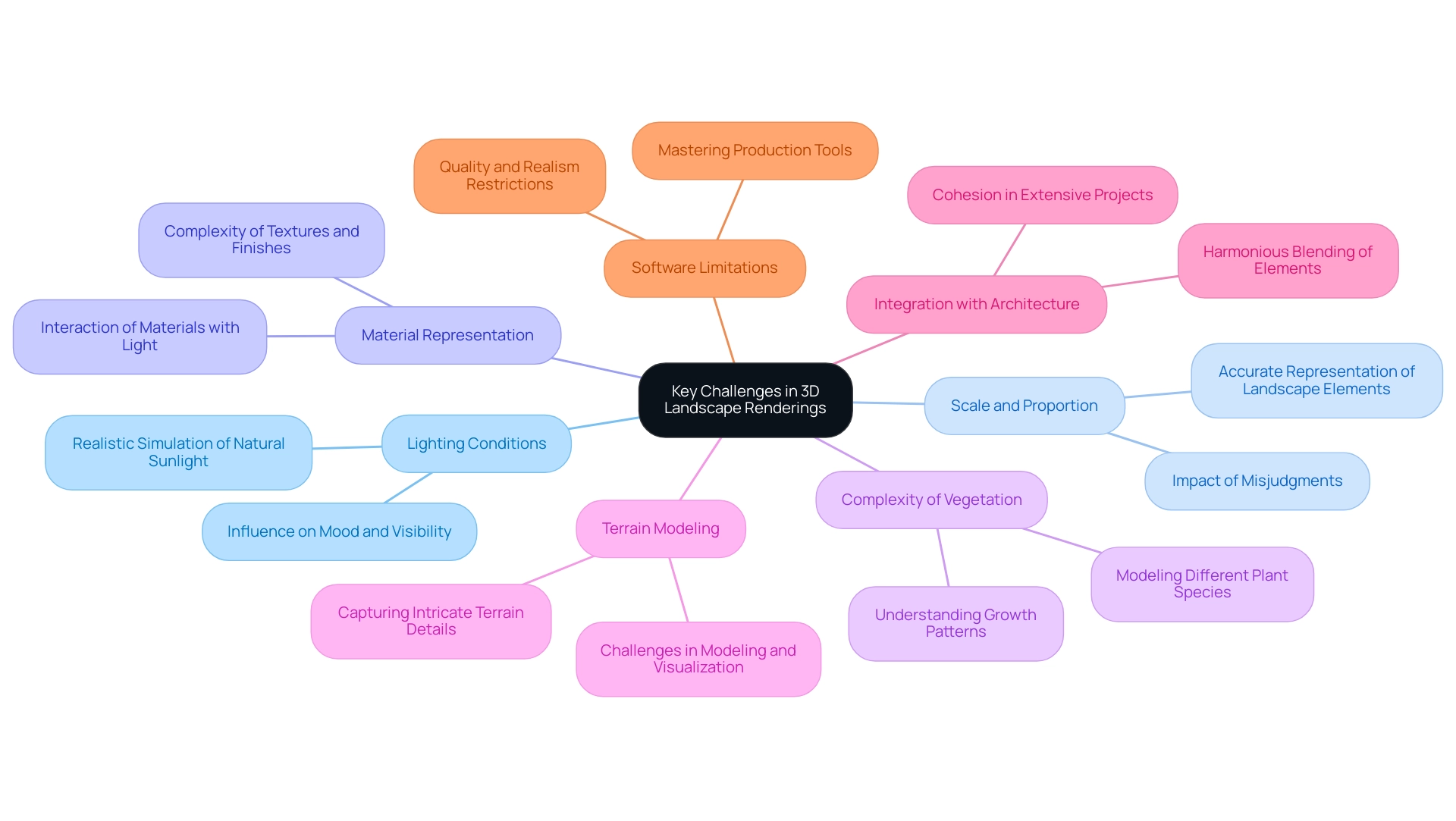
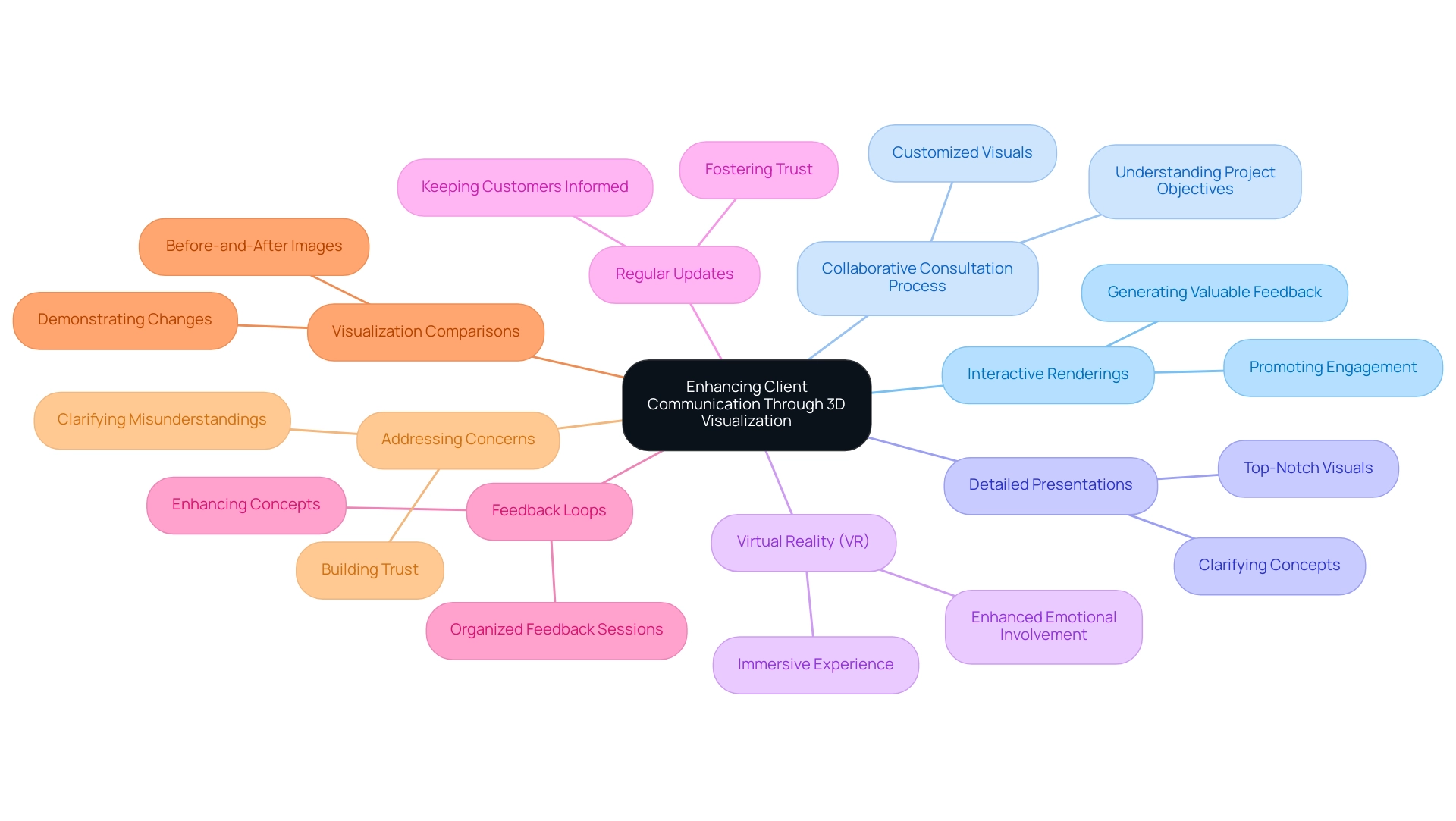
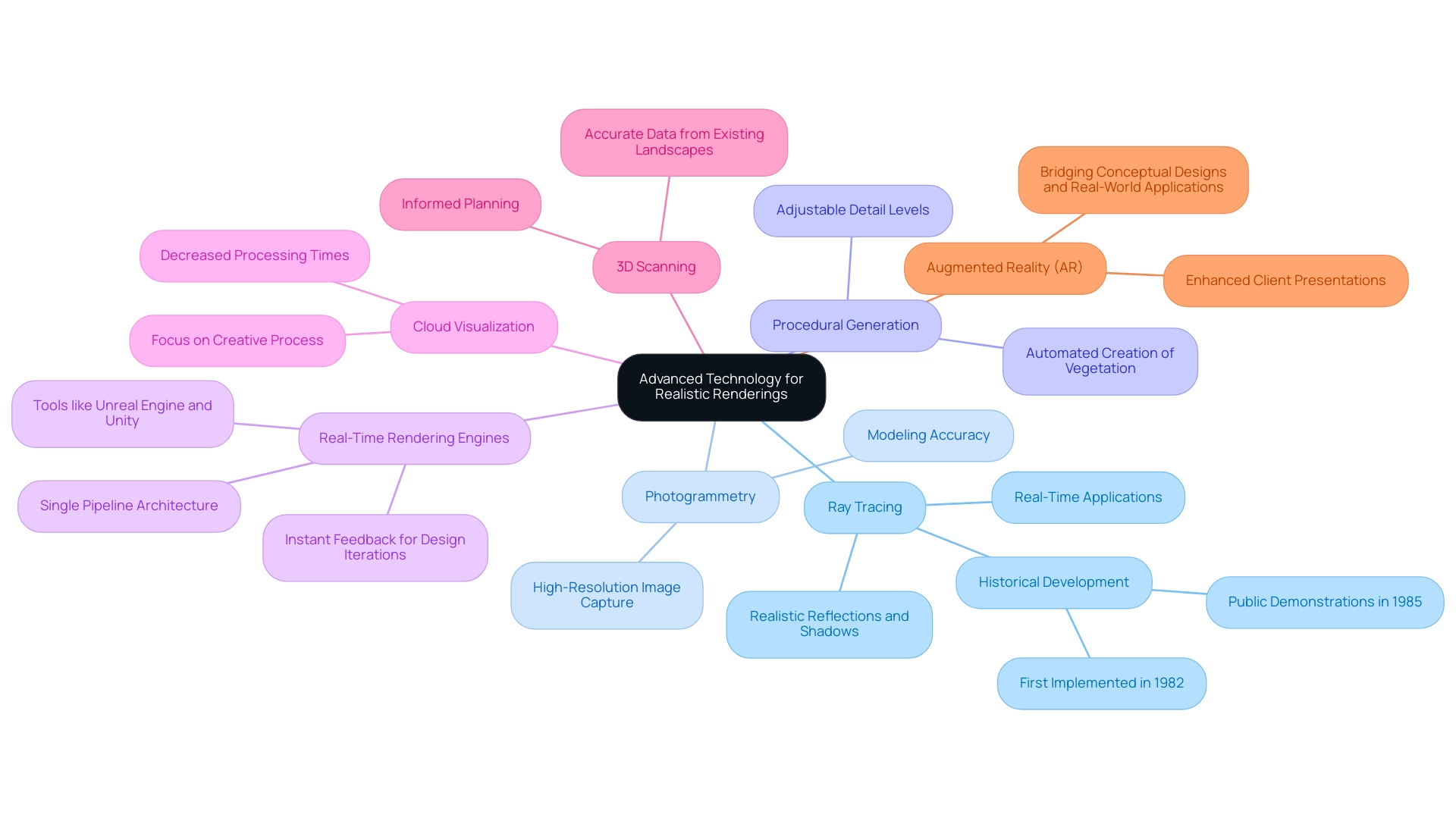
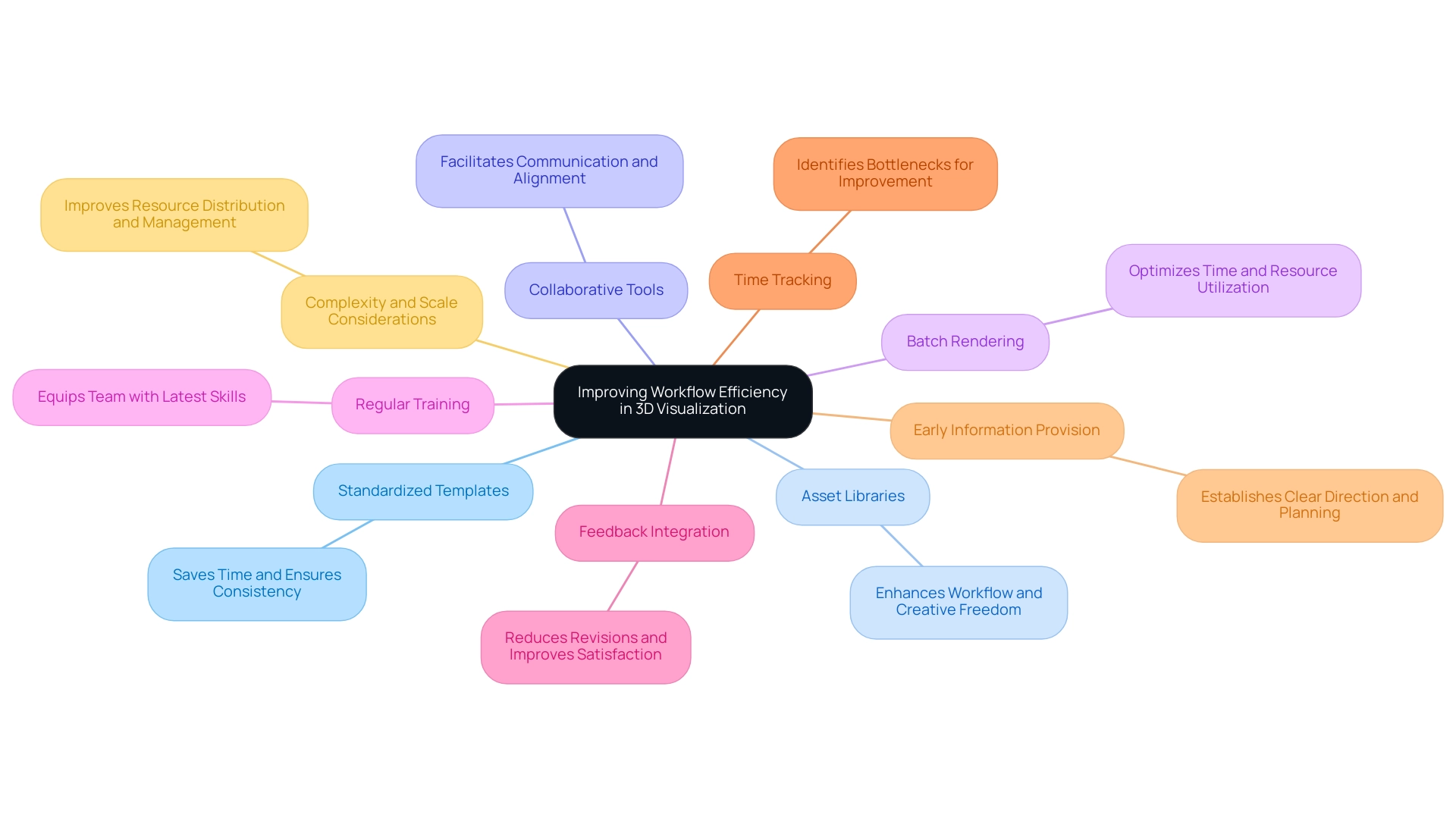
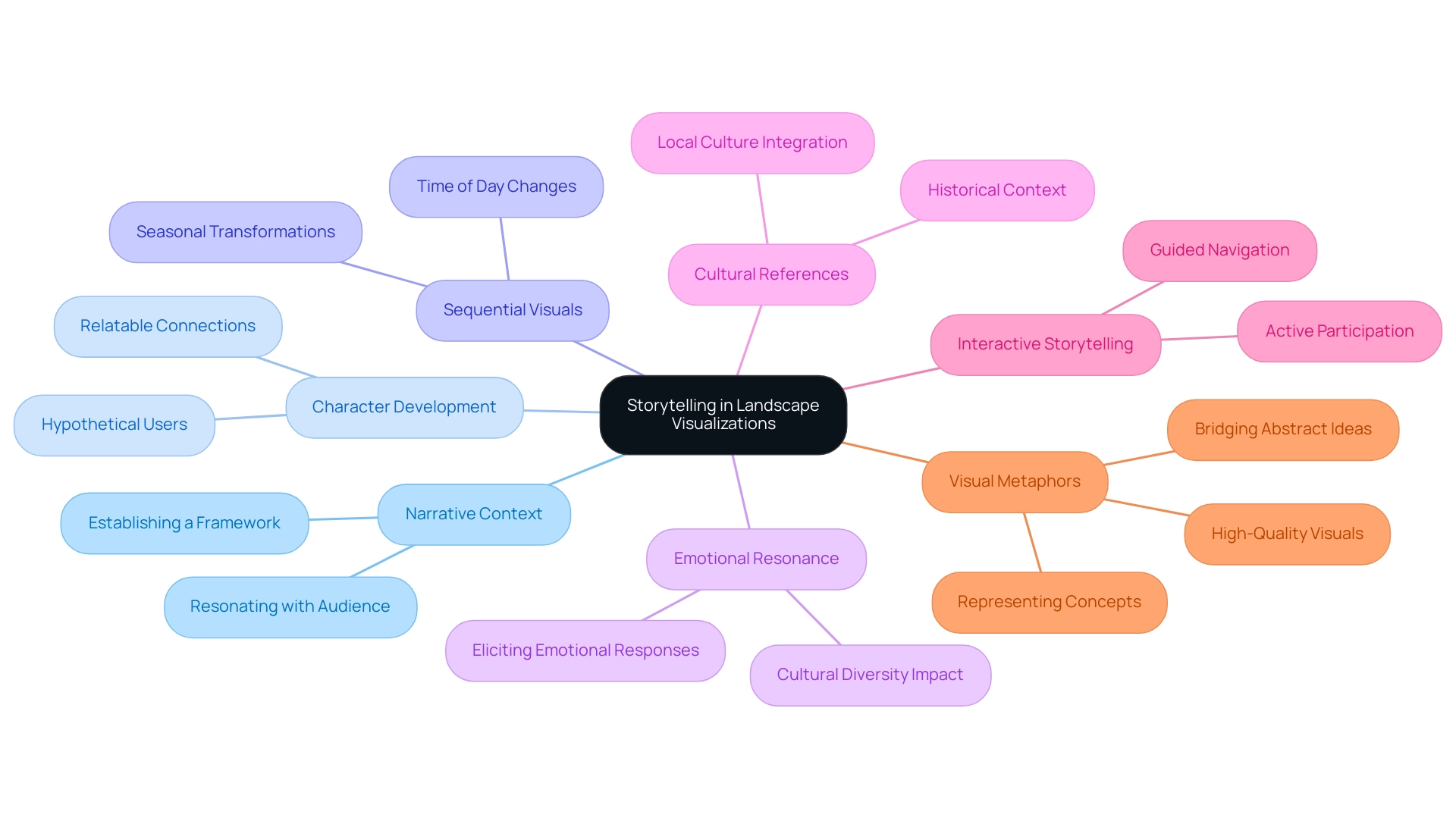
0 Comments